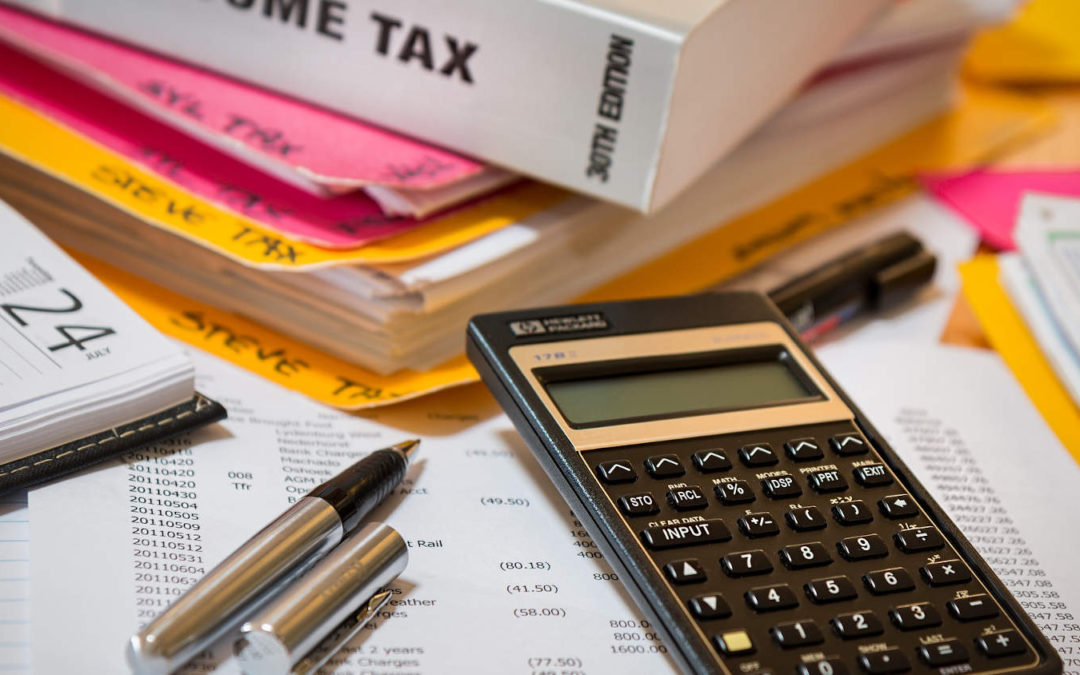It is important to understand the superannuation fees both when you are working and when you are not working.
The range of fees between all of the superannuation funds available in Australia is staggering.
It is possible you are paying high fees within your super fund for no significant benefit.
Are you one of the thousands of Australians who don’t even know the fees you are paying?
These fees could be eroding your retirement savings, leaving you with less funds and a lower quality of life once you do retire.
Reviewing your superannuation fees regularly is important, particularly if you are no longer working, as no contributions are being made to soak up the cost.
On a superannuation balance of $500,000, paying an extra 1% p.a. in fees is reducing your balance by $5,000 each year.
Unfortunately, paying higher fees than necessary is not unusual amongst Australians, as many of us don’t understand the importance of super until we need to rely on it.
Superannuation Fees When Not Working
The superannuation fees you pay when you are not working are generally identical to the fees you pay while you are working.
The fee structure within super is not linked to your employment status.
However, if you use your super balance to commence an income stream, the fees may be slightly higher.
While you are working, your superannuation savings are held within an accumulation account.
Once you are at or nearing retirement, you may choose to convert all or some of your accumulation account into an income stream, such as an account based pension.
Some super funds charge slightly higher fees for income stream accounts.
What Superannuation Fees Am I Paying?
Superannuation funds charge a variety of fees, which can be difficult to interpret for the average punter.
Maybe that’s their intention!
Either way, it’s important to avoid costly fees and know how to avoid fees. This video will certainly help you understand the various fees and keep them to a minimum where possible.
Types of fees can include administration fees, trustee fees, member fees, investment fees, asset based fees, indirect expense fees, indirect cost ratios, management expense ratios, contribution fees, withdrawal fees, exit fees, and more.
The best way to find out what fees you are paying is to download the product disclosure statement (PDS) from your super fund.
A PDS is required to outline all of the fees your account charges, including the fees of the investment options available.
Super funds are also required to show an example of how the fees would apply on a balance of $50,000.
To calculate your fees, check your statement to see the name of your super fund, then note down your balance and your investment option/s.
Then, download the PDS and apply the fee structure against your account balance and investment option/s.
Related Posts
What Happens To My Super If I Am Unemployed?
If you are unemployed and have a superannuation accumulation account, your super will generally remain invested.
The main difference will be that no contributions are being made to the account, unless you are still making personal contributions while being unemployed.
Another thing to consider is any insurances within your super fund.
You may be paying insurance premiums for insurance cover. However, certain types of cover such as income protection insurance and occupationally-defined TPD may be employment-related, meaning you are paying for cover that may not actually apply to your unemployed status.
But before you go cancelling any insurances, you need to consider that it may be difficult to reapply for cover in the future if your health has changed or as you get older.
Can I Still Contribute To Super If I Am Not Working?
Despite not working, you still have the ability to contribute to super.
Contributions can be made as a personal concessional contribution or personal non-concessional contribution.
There are, however, some limitations.
Contributions must also remain within the contribution cap limits.
Over Age 74
You can only make personal contributions within 28 days after the end of the month in which you turned age 75.
You can continue to receive employer SG contributions.
You can make a home downsizer contribution.
Age 65-74
If you are over age 65, you can make salary sacrifice and non-concessional contributions without restriction, but can only make personal concessional contributions if you work at least 40 hours over a 30-consecutive day period in the year that you make the contribution and prior to the contribution being made.
This is known as meeting the superannuation work test.
However, if your super balance is below $300,000 and you met the work test in the previous financial year, you can contribute in the current financial year without meeting the work test.
Related Posts
Can You Open A Super Account If You Are Not Working?
A superannuation account can be opened even if you are not working.
The super fund may require a minimum balance to establish the account.
The initial contribution to the super account can be made as a personal concessional or non-concessional contribution.
You should be aware of any fees and insurance premiums associated with the account.
Even though you are not working, you might consider making contributions to the super fund to cover the fees and insurance premiums.
Another benefit of contributing to super, even if you are not working, if that all investment earnings are taxed at a concessional rate.
Specifically, investment earnings within a superannuation accumulation account are taxed at a maximum of 15%.
The 15% tax rate within super might be lower than your individual tax rate, thereby providing a tax saving.



